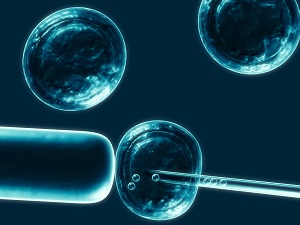A team of Chinese researchers used genetic sequencing to study how an embryo implants in the uterus. The group analyzed the DNA of thousands of embryonic cells before, during and after the implant. In this way he shed light on some delicate phases of the process. Shortly after fertilization by the spermatozoon, the egg implants inside the uterus.
This allows it to receive oxygen and nutrients from the mother. To analyze the phenomenon from the cellular point of view, the researchers fertilized 65 human eggs and made them grow in vitro. Then they took samples of cells and analyzed their DNA. They repeated the operation immediately after the implant and at a later time. This gave them an overview of the genes involved. Analysis has shown that DNA re-methylation occurs first in the most primitive cells. Furthermore, the scientists were able to trace the process of inactivation of the X chromosome in female embryos. In the study they also report that they have followed transcription changes and changes in regulatory networks.
The findings made it possible to learn more about DNA methylation and the cells involved in the implantation process. According to the researchers, some genetic lines develop differently and there are gradual ways in the plant, which are part of the development itself. There is also evidence of cells that anticipate the interaction between embryo and mother during implantation. All this information will help improve IVF, as well as identify causes of infertility that are still unknown.
Source: nature.com



